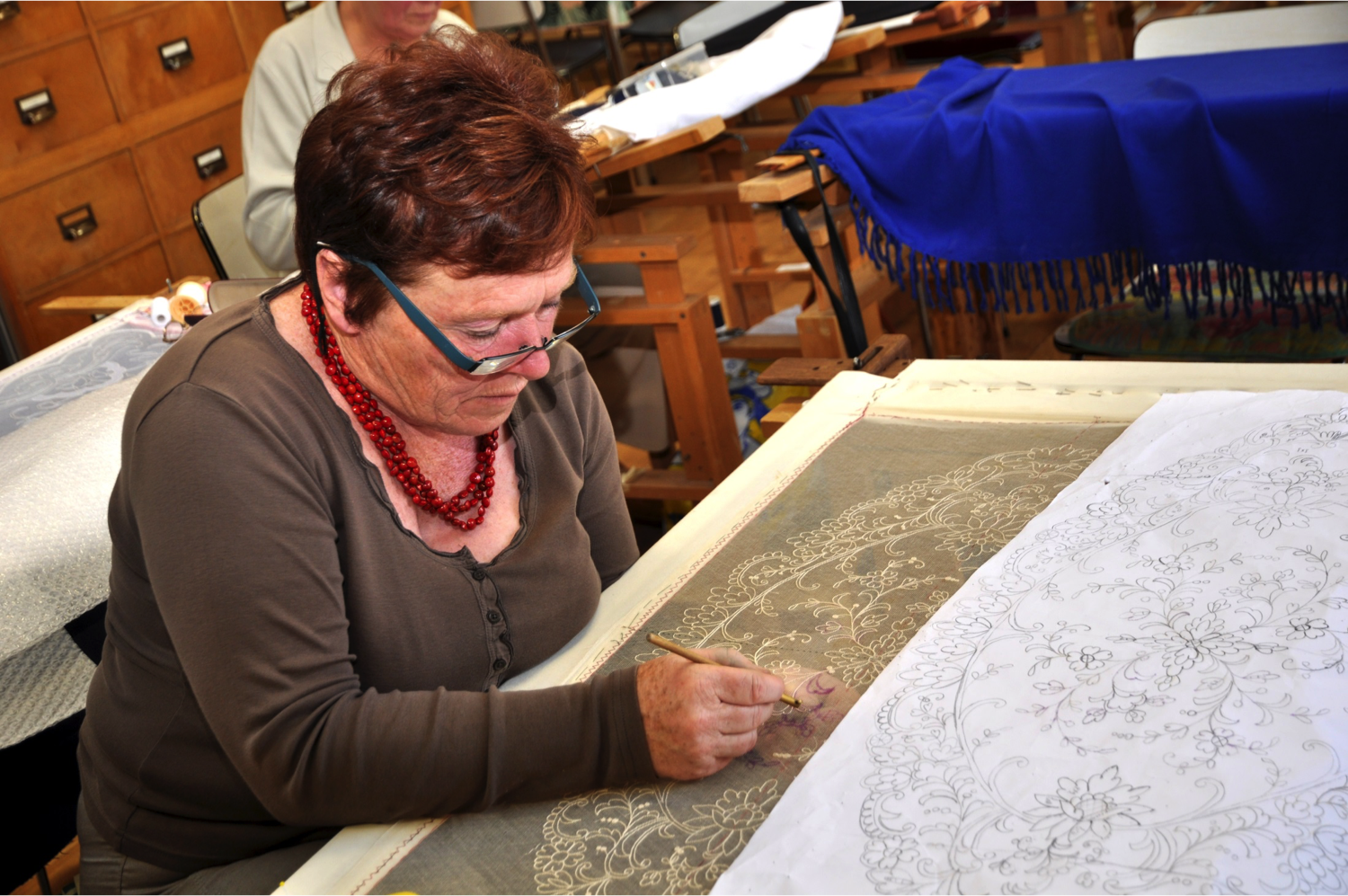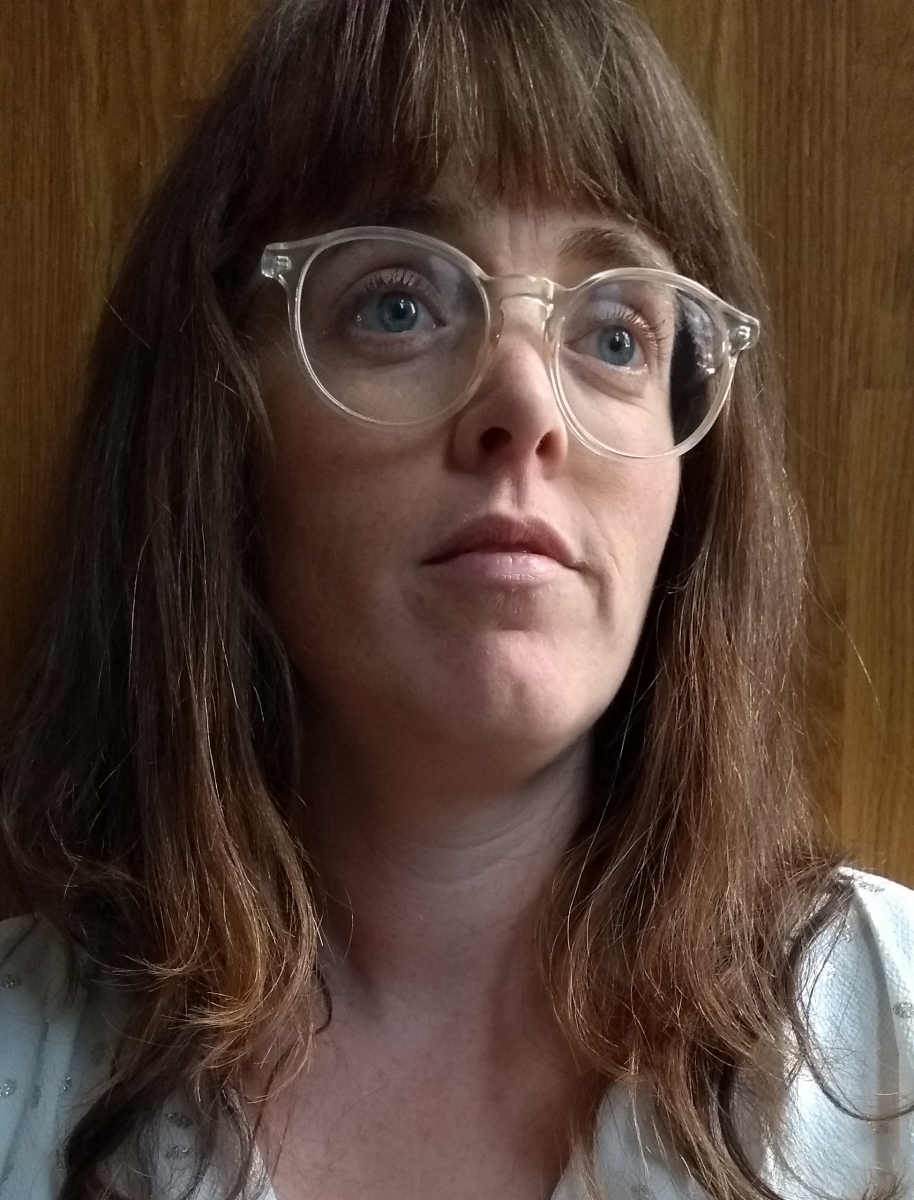Stadsmuseum Lier
The program of Stadsmuseum Lier indentifies three different 'ICH-scales':
- ICH connected to one coherent group of people (e.g. a cultural society);
- ICH connected to distinct societies, communities or individuals. (They know each other, don't necessary work together)
- ICH ordinarily connected to individual people and groups of people, not necessary knowing each other or working together around a shared ICH-element.
The museum wants to experiment with these three types/scales. Firstly we will define and document the chosen ICH-community in detail; we will interview its associates to investigate their needs; identify their unique or distinctive properties and outline the essence of their actions and vision. Secondly we will audit their enthusiasm to take their ICH into the museum. Then we'll start the collaboration.
Similar to the other participatory projects, Stadsmuseum Lier will determine the ICH topic/community or initiate a cooperation out from a collection need. The lack of knowledge, objects or descriptions of ICH elements is a fundamental condition. Cooperations will result in more 'collection', not necessary in the possessive way, but also in mapping, managing and documenting general information.
The aim of Stadsmuseum Lier is to show the different communities around an ICH-element and to value their expertise. Thus each cooperation will result in something to exhibit in the museum. In 2018 three ICH-presentations will be integrated in the new museum. During the cooperation, the museum might notice some needs of a specific community. The museum will assist the community by optimally assigning its available resources to support that community.
Lierse Kant
Description of the project / practice / program
Inventory of the communities investigating their characteristics
See previous answer: distinguishing the different communities around 'Lierse kant'; describing their activities, expertise, worries and needs by means of an ICH-survey form.
Set up of the cooperation
Aim of the museum is to represent the communities in the permanent exhibition. Based on the information gathered during the preparatory phase, we will define the most relevant way to engage. In case of 'Lierse kant', we've decided to work towards a video portrait of each community focusing on handling the broidery - the way people handle the objects is very specific and symbolises their relation with the ICH-element.
- We inform the communities about the chosen format and ask for their cooperation.
- Together we'll assign the right person to interview.
- We discuss the perspectives. The essence of the relation and affinity of each community with de ICH-element is the focal point in each of the portraits. For good comprehension of the public and in order to successfully transmit the meaning of the ICH-element, the portraits will be complementary to each other.
- We prepare interviews and videorecordings and produce the recordings, montage and edited final version.
Result
Touchscreen in the exhibition with short documentary portraits of the various communities.
Long term perspective
In additions to the immediate results in the exhibition, we also have a long term perspective in mind. In case of 'Lierse kant', different challenges emerge:
- Those who create 'Lierse kant' today are worried about the materials. Original materials are not produced anymore. Today's makers will have to look for new appcliations and resources.
- Historic specialists are aging and wonder in which way their knowlegde can be preserved and passed on to a new generation.
- A lot of objects of 'Lierse kant' are present in and around the city. They have to be valued and documented. In specific cases the objects require to be conserved for the future.
For each challenge, the ICH-communities are essential guides. The museum will have to check timing and capacity to set up further actions.
Participation with the public
To pass on the technique of 'Lierse kant', the museum will integrate into the exhibition a space where visitors can experience the handling of 'Lierse kant': a wooden frame with a tule streched on it and a design pattern underneath, with clear explanation and directive how to move the needle in order to make a stitch.
The museum will also provide a demo-table for experts to showcase handicrafts form the city of Lier. For 'Lierse kant', the museum will organise identification days on which people present their objects to the museum and experts can give information about the kind of embroidery they have.
How were practitioners of intangible cultural heritage involved?
Basic presentation Stadsmuseum Lier
One of the topics Stadsmuseum Lier will showcase and study is 'Lierse kant', as an facet of the exposition theme 'Lier maakt het' (Lier manufactures it). In the beginning of the 20th century 'Lierse kant' (embroidery) was a booming industry. A lot of local manufacturers provided women with paid assignments. These women took the designs and materials to their homes in order to craft the embroidery. The collection of the museum only counts a few objects of 'Lierse kant' and very little documentation about technique, history and the economic aspects of the manufacturers.
To expand and increase the knowledge, the museum facilitated collection days on which several people, mostly descendants of former manufacturers, presented themselves to share their materials and stories. In one perticular case a threath (removal and lack of space) made the museum take immediate action in order to conserve some valuable objects. The museum partnered with the city's archiving department to find a place for pattern books and objects of embroidery.
To document and chronicle the items in the museum's collection a partnership was forged with Marjet Liekens, a former teacher of 'Lierse kant' at the city's Academy of Fine Arts. Mrs. Liekens has helped us to identify and attribute the pieces. Afterwards, Lieve Vroom, specialist in historical embroidery, advised us in completing the selection for the museum presentation 2018 by guiding us towards other collections in Lier and throughout the Flemish region.
Today we are happy we'l be able to show a genuine selection of authentic objects which permits us to tell the story and the evolution of 'Lierse kant'.
Museum program 2018 and beyond
Meanwhile, we've selected 'Lierse kant' as a permanent feature for our museum program. Due to the topic's significant impact on the local history and heritage and museum's unequivocal desire to document this, 'Lierse kant' undeniably finds its place in our future participatory projects. We've scaled 'Lierse kant' into Type 2: ICH, connected to various societies, communities or individuals. (knowing each other but not necessary working together). In our preliminary investigation we've distinguished different communities pertaining to 'Lierse kant':
- the academic community with historical art knowledge (Momu Antwerpen, Lieve Vroom);
- the educational community of people who teach the Lierse kant-technique at the Academy of Fine Arts in Lier (Marjet Liekens);
- the descendants of previous manufacturers in Lier (Felix Van Loock, the Boogaert-Timmermans family);
- the enthusiasts who exercise the'Lierse kant' technique today (embroidery societies).
We've engaged with several people and documented their individual worries, needs, skills and knowledges.

CV of the author

Griet Van Opstal has been working for Musea Lier since 2002. As adjunct-conservator she has built up experience in the fields relevant to the collecting, preserving, documenting and exhibiting of objects and to the organization of public activities and offers. Since the decision has been made to transform the two museums (local artists in one and fine arts in the other) into one museum about local heritage, she has been responsible for setting out the strategy, content and program. At this moment she prepares Stadsmuseum Lier to be a participatory organisation, making connection to local communities in order to enrich Collection Lier.
LESSONS LEARNT
- Getting in touch with practitioners of intangible cultural heritage can be a way of becoming aware of interesting objects in private possesion or gain information on a specific skills or technique, that isn't available elsewhere or on the verge of disappearance.
- Making a methodological distinction between different 'types' of intangible heritage, could help you make strategic choices.
- Clearly identifiyng needs and worries of practitioners of intangible heritage can help you identify actions that would be beneficial to all parties involved.
LINKS
Practical
When
20 March 2018 from 09:31 to 09:31
Where
Subscriptions
It is no longer possible to subscribe to this bestpractice. Reports and videos will be published after the bestpractice.